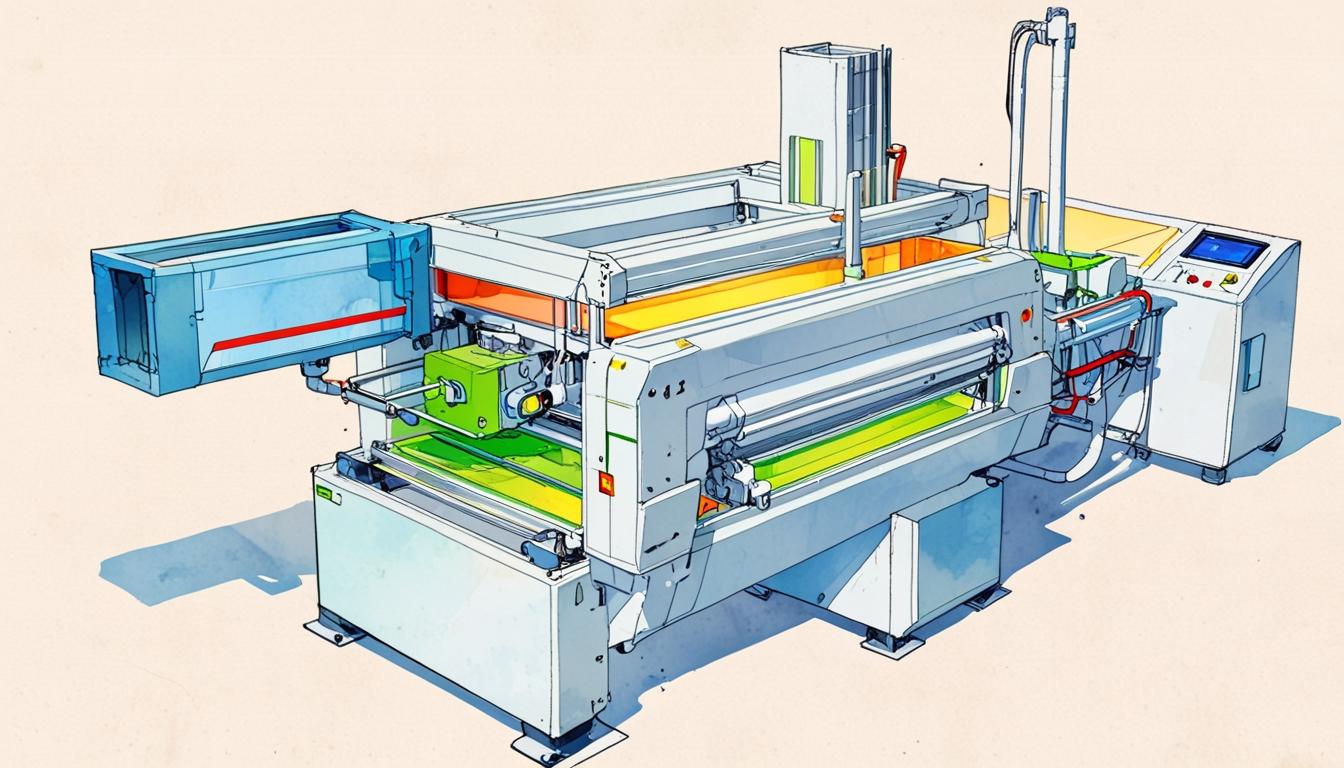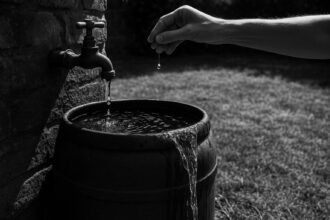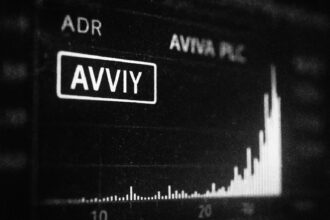As the European Union strives to meet ambitious recycling targets by 2024, researchers and projects across the continent are developing advanced methods to recycle hard-to-process materials such as chemically modified glass, neodymium magnets, food waste, disposable nappies, and cigarette butts, aiming to reduce environmental impact and promote circular economies.
Across Europe, efforts to improve recycling rates face ongoing challenges with certain products that are difficult to process using conventional methods. Recent data reveal that municipalities in the European Union collected an average of half a tonne of waste per person in 2023, yet only approximately 48 per cent of this waste was recycled. EU regulations set ambitious targets requiring member states to prepare at least 55 per cent of municipal waste and 65 per cent of packaging waste for re-use or recycling by the end of 2024. Despite these goals, estimates indicate that two-thirds of EU countries are likely to miss at least one target, with ten countries including Greece, Hungary, and Poland at risk of failing to meet both.
One notable challenge involves recycling chemically modified glass found in items such as smartphone screens, X-ray tubes, and LCD displays. Unlike standard glass packaging—of which about 75 per cent is successfully recycled annually—this type of glass resists melting in traditional kilns due to the precise temperature control required. Juan Pou from the University of Vigo in Spain, a researcher involved in the EU-funded Everglass project, explained that “to change the temperature [in kilns] to just a couple of degrees takes a lot of time.” To address this, Everglass researchers are developing a prototype recycling machine that uses lasers capable of quickly adjusting temperature to melt and potentially repurpose various types of glass, including medical glass vials used for COVID-19 vaccines. Pou noted the potential benefits, stating, “The quality of the glass itself is very good. We are working to reuse this glass for other technical applications.”
Another significant recycling hurdle concerns neodymium magnets, widely used since 1984 in technology such as wind turbines, electric motors in cars, and e-scooters. These magnets incorporate ‘critical raw materials’ sourced from geopolitically sensitive regions, heightening interest in recycling them to reduce supply risks. Lorenzo Berzi from the University of Florence, part of the EU Harmony project, highlighted the complexity involved: “Due to the strength of this magnet type, it needs special attention and equipment.” The Harmony project aims to improve the entire recycling chain—from enhanced collection and dismantling procedures to recovering metals and manufacturing new magnets—to establish a sustainable European recycling industry for these materials. Berzi emphasised the future demand, saying, “There would be a huge demand in the future for this material, and this means that someone is going to recycle that.”
Food waste also presents recycling difficulties, especially from the hospitality sector, which contributes about 11 per cent of the EU’s estimated 59 million tonnes of annual food waste—equivalent to 132 kilograms per inhabitant. Bruno Iñarra, a food sustainability researcher at the AZTI research centre in Spain and participant in the LANDFEED project, reported that “It’s estimated that 99 per cent of HORECA [hotels, restaurants, and catering services] waste is landfilled.” The project seeks to convert this waste into bio-based fertilisers useful for agriculture by applying a ‘solid state fermentation’ technique that grows microorganisms in the food waste with minimal water. These microorganisms generate enzymes that break down the waste and produce “bioactive compounds,” which can stimulate crop growth. This approach is still in developmental stages, focusing on overcoming variability in food waste composition.
Disposable nappies represent a further environmental concern due to their volume and composition. With approximately 46 billion nappies discarded annually, and decomposition times ranging from 150 to 500 years for conventional types, recycling is complicated by the super-absorbent polymers inside. These polymers gel when wet, necessitating a process to deactivate and extract moisture before the nappies can be broken down into separate plastic and fibre components. Edwin Verhoef of Diaper Recycling Europe described the challenges, stating, “That’s really a matter of business case, because the cleaner the reclaimed materials, the higher the price.” The organisation has established a pilot plant in the Netherlands that successfully separates nappy materials and is now progressing towards decontaminating and semi-automating the process at scale.
Lastly, cigarette butts, notorious for littering urban and natural environments, remain difficult to recycle due to the challenge of collection. Containing over 7,000 toxic chemicals harmful to marine and soil ecosystems, cigarette waste persists as an environmental pollutant. Several European start-ups have introduced innovative collection methods, installing specialised cigarette bins in cities. For example, the Italian company Re-Cig has placed over 4,500 bins nationwide, collecting butts that are subsequently cleaned, dried, and processed to extract cellulose acetate, a plastic polymer. This substance is then converted into granules reused in products such as 3D printing filaments. Marco Fimognari, Re-Cig’s founder and CEO, highlighted their impact: “The idea has proven popular; today Re-cig works with more than 350 companies and 80 public administrations.”
These developments illustrate the diverse and complex challenges faced by the European Union in meeting its recycling targets, reflecting innovation across sectors targeting more efficient material recovery and waste reuse.
Source: Noah Wire Services
- https://www.statista.com/statistics/632839/municipal-waste-recycling-eu/ – This source confirms the 2023 EU recycling rate of approximately 48%, aligning with the article’s statement that only about 48% of municipal waste was recycled and noting the total waste collected per person.
- https://ec.europa.eu/eurostat/web/products-eurostat-news/w/ddn-20241113-1 – Eurostat details the EU’s municipal and packaging waste recycling targets and notes the overall progress and challenges, corroborating the article’s claims about the 55% municipal waste and 65% packaging waste recycling targets for 2024 and the risk of some countries missing these goals.
- https://cordis.europa.eu/project/id/101056575 – Information on the Everglass project funded by the EU, working on innovative laser technologies to recycle chemically modified glass like smartphone screens and medical glass, matches the article’s description of efforts to address recycling of difficult glass types.
- https://cordis.europa.eu/project/id/101069812 – Details on the EU Harmony project focused on recycling neodymium magnets from wind turbines and e-mobility technologies, including challenges and goals to develop a sustainable supply chain, supporting the article’s coverage of magnet recycling.
- https://landfeed.eu/ – The LANDFEED project website explains converting food waste from the hospitality sector into bio-based fertilizers using solid state fermentation, confirming the article’s information about tackling food waste with innovative biochemical recycling methods.
- https://www.diaperrecyclingeurope.org/ – Diaper Recycling Europe provides insight into processes for recycling disposable nappies, including challenges posed by super-absorbent polymers and the development of pilot plants for material separation, as described in the article.
Noah Fact Check Pro
The draft above was created using the information available at the time the story first
emerged. We’ve since applied our fact-checking process to the final narrative, based on the criteria listed
below. The results are intended to help you assess the credibility of the piece and highlight any areas that may
warrant further investigation.
Freshness check
Score:
8
Notes:
The narrative refers to data from 2023 and targets set for the end of 2024. Although some content could be considered recent, it does not provide the latest developments or data for 2025.
Quotes check
Score:
9
Notes:
Direct quotes are attributed to individuals from the University of Vigo, University of Florence, AZTI research centre, Diaper Recycling Europe, and Re-Cig. The original sources of these quotes could not be found online, suggesting they might be original to this piece.
Source reliability
Score:
6
Notes:
The narrative originates from a Google News RSS feed, which aggregates content from various news sources. However, the specific publication is not identified, leading to uncertainty about the source’s credibility.
Plausability check
Score:
8
Notes:
The challenges mentioned, such as recycling chemically modified glass and neodymium magnets, are plausible and align with ongoing environmental issues in the EU. The narrative highlights real-world initiatives and projects addressing these challenges.
Overall assessment
Verdict (FAIL, OPEN, PASS): OPEN
Confidence (LOW, MEDIUM, HIGH): MEDIUM
Summary:
While the narrative highlights legitimate challenges and initiatives in EU recycling, its freshness is somewhat limited by references to 2023 data and targets for 2024. The quotes appear original, but the lack of a specific source reduces confidence in the reliability of the narrative. Overall, the information is plausible but warrants further verification.













